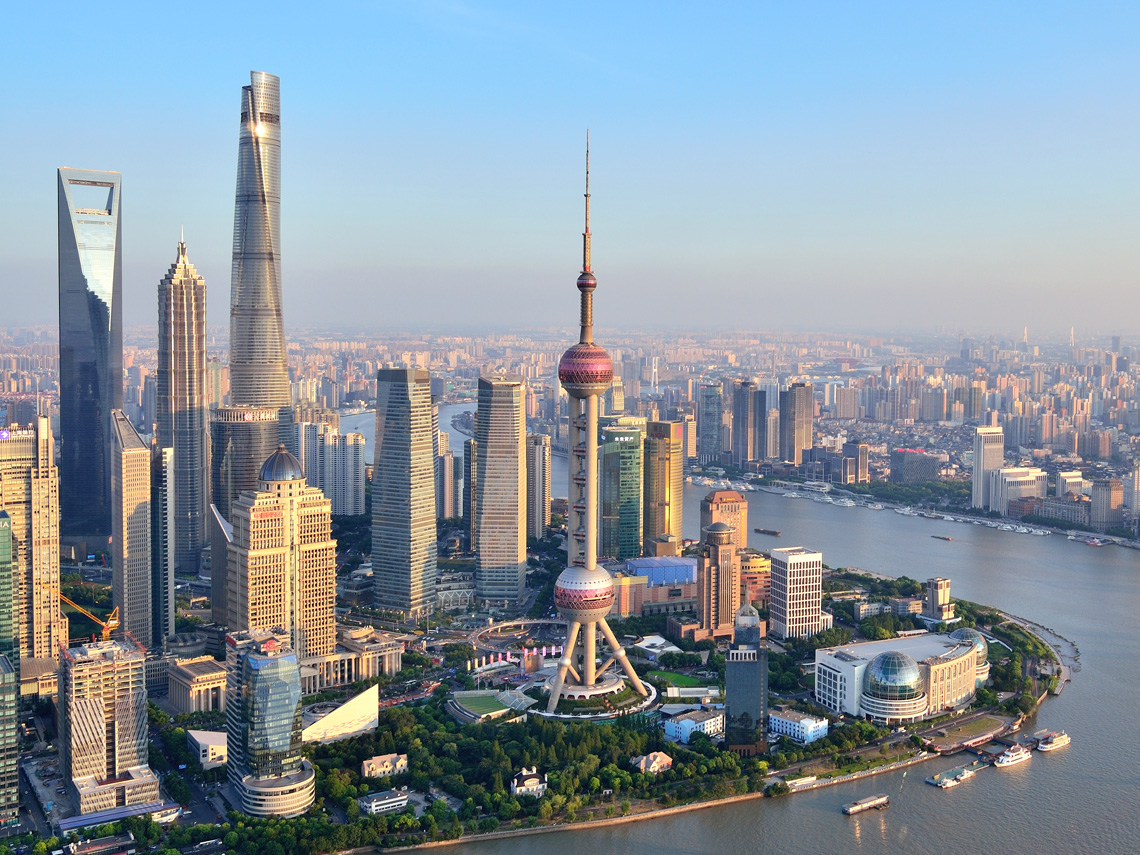Less is More
Innovative construction materials get by with less raw materials and energy and, thanks to optimized properties, are more economical to use. This reduces the input of resources and the CO2 emissions for production and transport.

A new megacity – a city with more than ten million residents – emerges every 16 months. What are the consequences for people and the environment? It is clear that sustainable urban planning and architecture are unavoidable, both now and in the future.
No matter which continent you look at, you see a steady global trend toward urbanization. There are currently 32 megacities, most of them in the emerging economies of Asia, Africa and South America. More than half of people already live in cities. Experts expect that by 2050 that figure will have risen to two thirds of the world’s population – a total of 6.4 billion people. This trend is bought at a price.

Cities and Global Warming
Urbanization confronts us with one of the biggest challenges of the century. Cities are already responsible for about 80% of all greenhouse gas emissions and consume two thirds of the energy used worldwide. The battle against global warming is therefore fought in the cities – from São Paulo to Mumbai, London to Guangzhou. Considering that buildings consume 40% of global primary energy while emitting 33% of CO2, we can see that sustainability is primarily an issue for the construction industry. We need sustainable architecture that increases our quality of life without handicapping future generations. This can take many forms.

Innovative construction materials get by with less raw materials and energy and, thanks to optimized properties, are more economical to use. This reduces the input of resources and the CO2 emissions for production and transport.
The use of durable construction materials and the treatment of surfaces help to extend the longevity of bridges, roads and buildings.
Efficient insulation of buildings with external thermal insulation composite systems reduces energy consumption for heating and cooling by up to 70%.
For plasters, paints or coatings, there many materials that manage without harmful solvents and plasticizers. That is better for the environment and peope’s health.

Efficient Use of Raw Materials
To satisfy the global construction boom, about 15 billion metric tons of sand are quarried and consumed every year – far more than can be replenished naturally. This leads to an unprecedented overexploitation. Sand is a key raw material for manufacturing dry-mix mortars - just like cement. Its production in turn generates high CO2 emissions: One metric ton of cement releases up to a metric ton of this greenhouse gas. Binders from WACKER can reduce the consumption of sand and cement by up to 80%, which reduces resource consumption and CO2 emissions.
Buildings - Wrapped Up Warm
A building loses around 40% of its heat via its exterior walls. Better insulation of walls means less energy needs to be expended for heating or air conditioning indoor spaces. Effective thermal insulation can save up to 70% of the energy used for heating or air conditioning. Construction chemicals from WACKER help to improve thermal insulation in various systems. Be it in external thermal insulation composite system (ETICS), through effective damp proofing or sealing building skins.
Infrastructure – Long-Term Conservation
When something is conserved, there is no need for a new construction, with expenditure of raw materials and energy. But how do you extend the useful life of buildings, roads and bridges permanently? The possibilities extend from using durable materials, through protective surface treatment, to renovation and repair. Raw materials, additives and binders from WACKER help to extend the longevity of inner-city buildings.
WACKER offers a variety of products for energy-efficient, sustainable construction. Visit our product section for details.
Discover products